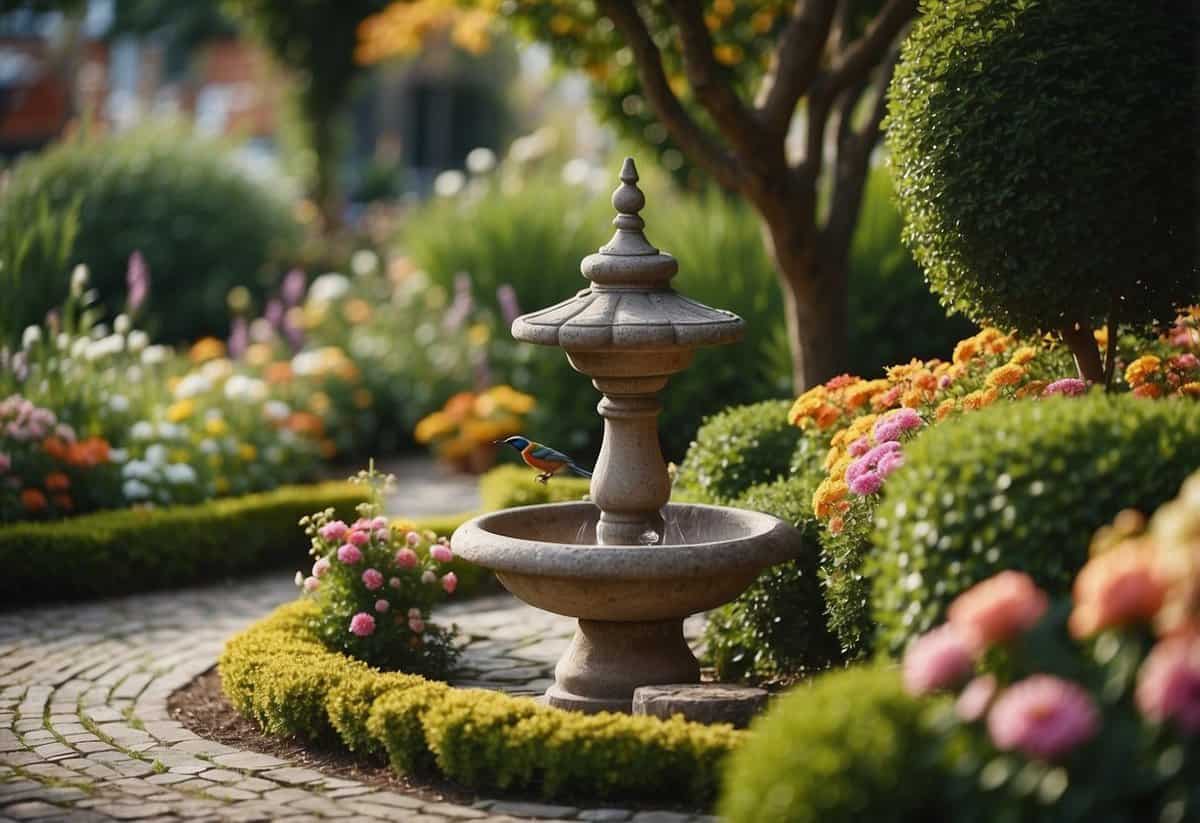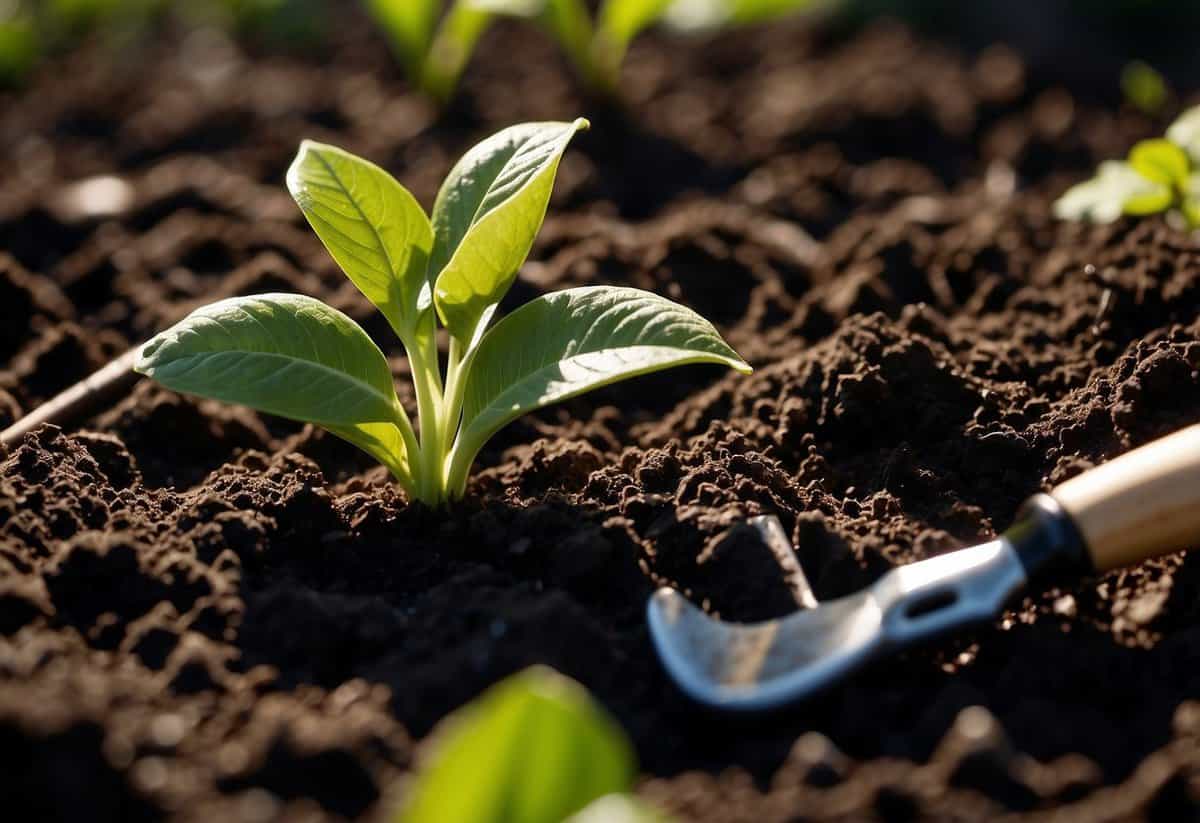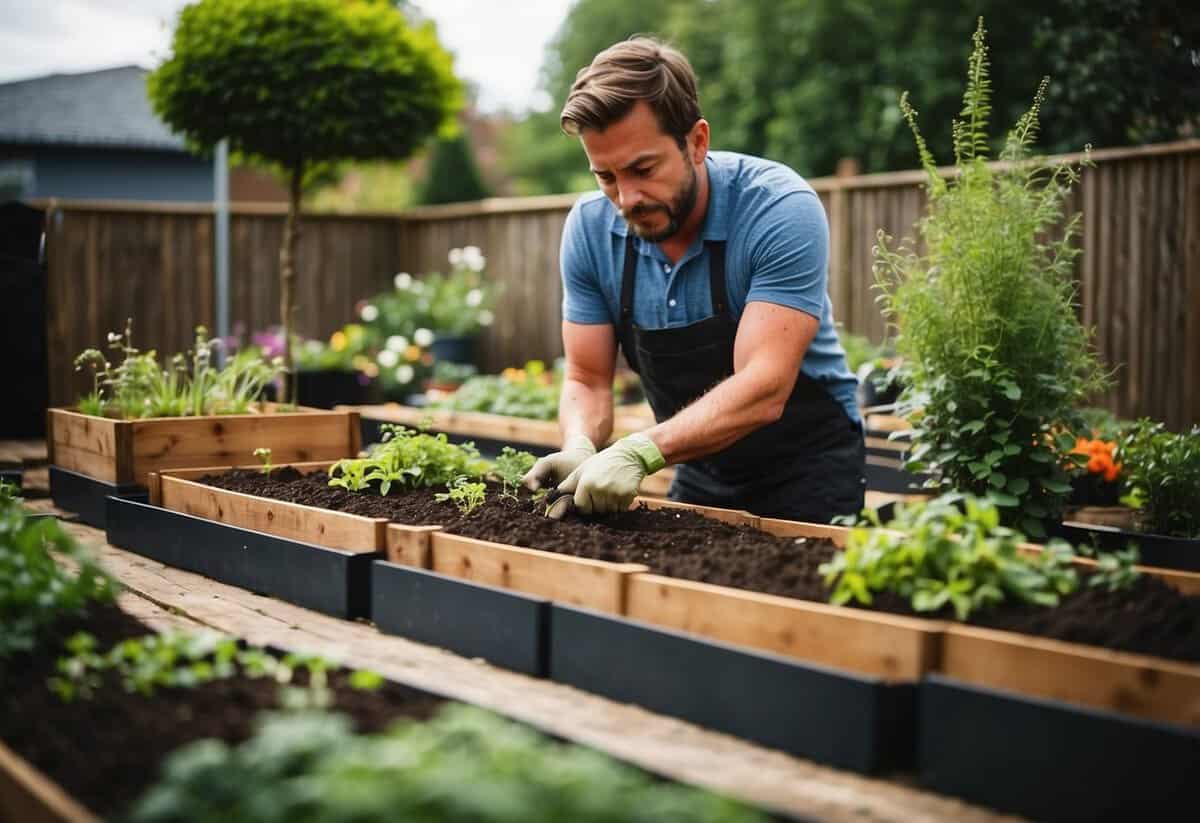Little Garden Tips: Easy Tricks for a Blooming Backyard
Gardening can be a fun and rewarding hobby, bringing beauty and fresh produce to your home. Whether you are a beginner or have some experience, there are always new tips and tricks to learn. How can you improve your gardening skills and ensure your plants thrive?

In this article, you will explore various tips that can help you make the most of your garden space. From selecting the right plants to proper watering techniques, these insights are designed to support your gardening journey.
1) Use Raised Beds

Raised beds can make gardening easier and more enjoyable. They help keep your garden organized and can improve drainage and soil quality.
Plants in raised beds are often healthier. They have better access to nutrients and can be spaced closer together, which makes weeding simpler.
Using materials like untreated wood or stone is best for building your raised beds. Avoid pressure-treated wood made before 2003 due to safety concerns. For more tips, check out this Beginner’s Guide to Gardening With Raised Beds.
2) Install a Drip Irrigation System

Installing a drip irrigation system can save you water and time. Start by getting a drip irrigation kit, which usually includes tubing, emitters, and connectors.
Next, connect the header to your water source using a garden hose. Make sure it’s secure and leak-free.
Once your system is set up, place emitters near your plants. This will ensure they get the right amount of water. Be sure to punch holes in the tubing and attach the emitters.
For more detailed steps, check out this guide on installing drip irrigation.
3) Choose Native Plants

Choosing native plants for your garden is a smart choice. Native plants are adapted to the local climate and soil, making them easier to maintain.
They often require less water and fewer fertilizers. This can save you time and resources.
Native plants also support local wildlife. Birds, butterflies, and bees rely on them for food and shelter.
For a sunny garden, try combining ray flowers with wispy grasses. In more shaded areas, consider plants like kinnikinnik, which thrive where other plants might struggle.
Using native plants can help create a beautiful, low-maintenance garden that supports the local ecosystem.
4) Start a Compost Pile

You can create rich soil for your garden by starting a compost pile. Begin by collecting kitchen scraps like apple cores, banana peels, and citrus rinds. Avoid adding meat, dairy, or oils.
Layer your compost with greens and browns. Browns include dried leaves and twigs. Keep the pile moist like a wrung-out sponge and turn it regularly for proper aeration.
If your compost smells bad, add more browns like cardboard. This will help neutralize odors and keep your pile healthy.
5) Use Mulch for Weed Control

Using mulch is a great way to keep weeds out of your garden. It blocks sunlight, which weeds need to grow.
To get the best results, use organic mulch and apply it 2-3 inches deep. This creates a solid barrier against weeds.
For extra protection, you can lay down landscape fabric before adding the mulch.
6) Plant Companion Plants

Companion planting can help your garden thrive. Growing plants that benefit each other can reduce the need for chemical pesticides and fertilizers.
For example, lettuce and radishes can be planted between hills of melons. These quick-growing plants will be ready for harvest before the vines need more space.
Consider planting leafy greens like spinach in the shade of taller crops like corn. This can help them grow better in hot weather by reducing sun exposure.
7) Prune Regularly

Pruning your garden plants is important for their health and appearance. Start by cutting away dead or diseased branches. This helps the plant use its energy more efficiently.
Make sure to prune fruit trees in late winter or early spring. This encourages more fruit production. For shrubs, prune during their dormant stage, usually in late winter or early spring.
Remember, where you make the cut matters. Always cut just above a bud or branch to ensure proper growth. Regular pruning keeps your garden looking neat and promotes healthier plants.
8) Use Organic Fertilizers

Organic fertilizers help your plants grow strong and healthy. They come from natural sources like compost, bone meal, or animal manure. This means they’re better for the environment compared to synthetic options.
You can find different types of organic fertilizers, each providing unique nutrients. For example, alfalfa meal has a low NPK ratio of 2-0-1, making it suitable for various plants. Try using organic fertilizers in your garden for a greener, healthier space.
9) Grow Herbs in Pots

Growing herbs in pots is a great way to keep fresh ingredients close at hand. Basil, parsley, and cilantro thrive in containers. They enjoy consistent moisture and plenty of sunlight. Place your pots on a sunny windowsill or use a grow light.
Make sure to use a high-quality potting mix for good drainage. Select a container that is at least 12 inches deep for herbs like cilantro, which have long taproots.
Don’t forget to water regularly and harvest often to encourage new growth.
10) Install Rainwater Harvesting

Installing a rainwater harvesting system can help you save water and money. Start by placing gutters and downspouts on your roof to collect rainwater.
Use rain barrels or tanks to store this water. You’d be surprised how much water you can collect from just one rainfall!
Make sure to include a filtration system to keep the water clean. Regular maintenance of your equipment will ensure everything stays in good working order. For more detailed guides, check out this step-by-step guide.
Essential Soil Tips

Healthy soil is key to a thriving garden. Learn how to choose the best soil and prepare it properly for your plants.
Choosing the Right Soil
Picking the right soil is crucial. Look for loamy soil. It’s a mix of sand, silt, and clay. This type of soil holds nutrients well and drains properly.
For vegetables, use soil rich in organic matter. It helps retain moisture and provides essential nutrients. If the soil is too sandy, add organic matter like compost or manure.
Test the pH of your soil. Most plants prefer a pH between 6 and 7. You can get kits from garden centers to check this. If the pH isn’t right, you can add lime to raise it or sulfur to lower it.
Proper Soil Preparation
Before planting, prepare your soil to make it as fertile as possible. Remove large rocks, debris, and weeds from the surface.
Use a garden fork, spade, or tiller to turn the soil. This loosens it up and creates a good texture for plants.
Add compost or manure to provide nutrients. Spread a 2-3 inch layer on the soil and mix it in.
Consider sheet mulching if you plan ahead. This means covering the soil with layers of organic material to improve nutrients and suppress weeds.
Water your prepared soil thoroughly. This helps settle it and makes it ready for planting.
Planting Techniques for Small Gardens

Growing a garden in a small space requires creativity and smart planning. You can make efficient use of every inch by choosing the right techniques.
Maximizing Small Spaces
When space is limited, you need to make every inch count. Raised beds are a great way to do this. A 4×4 raised bed garden allows you to grow more plants in a small area. Larger plants can spill over the edges, utilizing vertical and horizontal space. Hanging planters on walls or fences can also save ground space.
Vertical gardening is another effective technique. Use trellises, poles, or netting to allow climbing plants like tomatoes or cucumbers to grow upwards. This frees up ground space for other plants. Another tip is to plant fast-growing vegetables such as radishes, lettuce, and spinach. These can be harvested and replaced quickly, ensuring a continuous yield.
Companion Planting
Companion planting involves growing different plants together that benefit each other. For small gardens, this method can maximize the use of space and improve plant health. For example, planting basils near tomatoes can help repel pests and improve flavor.
You can also mix herbs with vegetables. This strategy, known as a potager garden, adds variety and makes use of every inch. Tall plants like corn can shade shorter plants like lettuce, preventing them from bolting in the heat. Also, combining flowers with veggies can attract beneficial insects and pollinators while adding beauty to your garden.
Overall, companion planting helps create a balanced ecosystem where plants support each other, leading to healthier growth and better yields.
Watering Your Little Garden

Proper watering is essential for a healthy, thriving garden. It ensures that plants get the moisture they need without encouraging disease or wasting water.
Watering Schedule
Your watering schedule depends on the type of plants and the climate. In most cases, it’s best to water your garden early in the morning. This allows the water to soak into the soil before the heat of the day causes evaporation.
If the soil feels dry an inch below the surface, it’s time to water. Use rain gauges or a marked container to ensure you’re providing about 1 inch of water each week. Adjust according to weather conditions, increasing water during dry spells and reducing it during rainy periods.
Frequent shallow watering can lead to poor root development. Instead, aim for deep watering sessions a couple of times a week to encourage strong, healthy roots.
Efficient Watering Methods
Incorporating efficient methods can make watering easier and more effective. Use drip irrigation or soaker hoses to deliver water directly to the roots. This minimizes evaporation and ensures that water penetrates deeply into the soil.
An easy DIY method involves using a plastic container like a milk jug. Poke holes in the bottom, and bury it near your plants. Fill the jug with water, and it will slowly seep into the ground, reaching the roots.
Additionally, mulching around your plants helps retain moisture in the soil. It reduces water evaporation and prevents weeds, which compete with your plants for water. Make sure to lay the mulch a few inches away from the plant stems to prevent rot.







